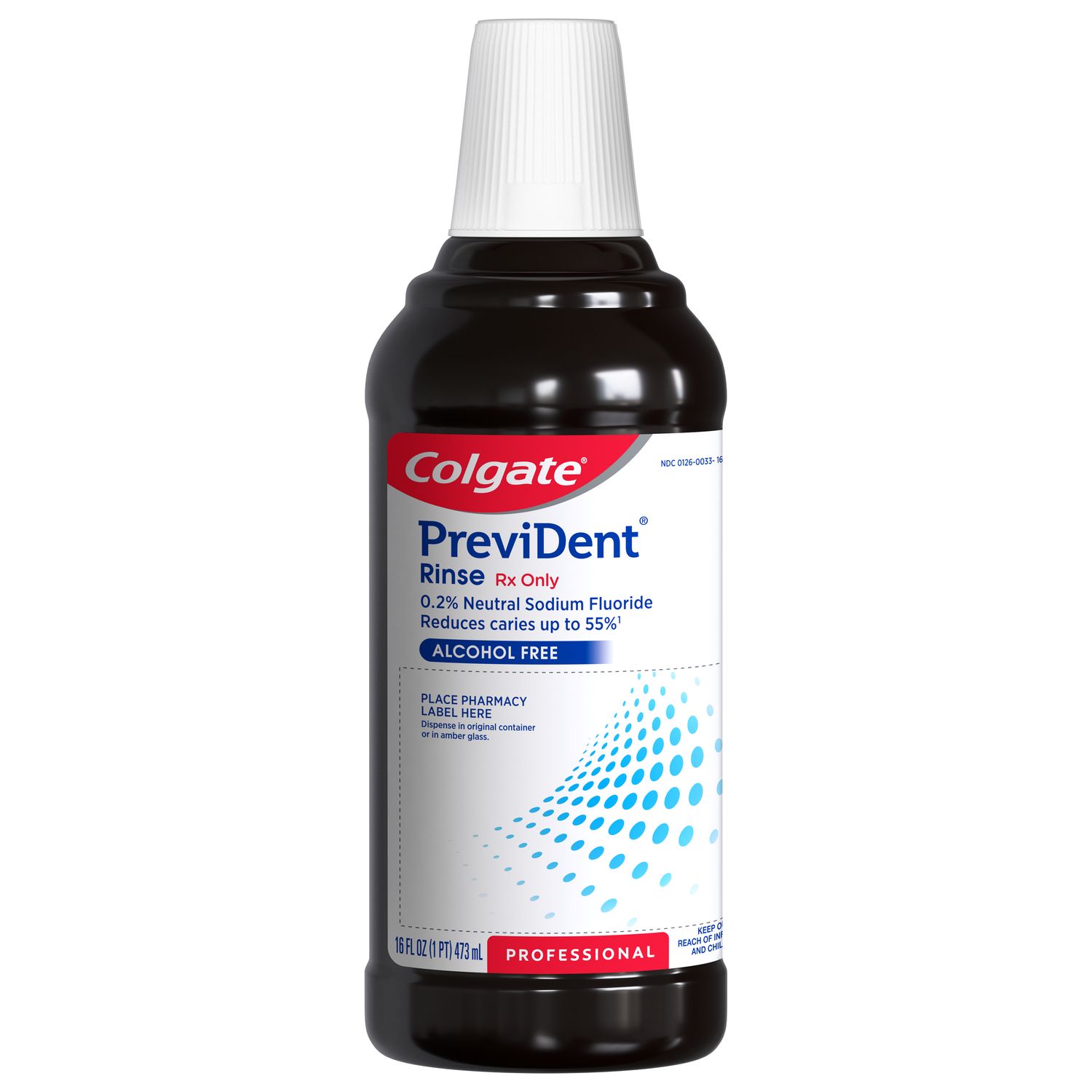Dental Fistula vs. Abscess
Before we dive into a dental fistula definition, it’s important to understand what an abscess is. Bacteria can infect different regions of your tooth or gum, causing the area to fill with pus and creating what’s called an abscess.
If an infected site has nowhere else to go, it will sometimes create a new pathway to your tooth or gum surface. This new canal for the infection to drain is called a dental fistula.
If you have an abscess or fistula, it's an issue that requires treatment from your dental professional.
Causes
Fistulas occur when the discharge from an abscess creates pressure and has nowhere else to drain. But how does the infection lead to an abscess in the first place?
According to the Mayo Clinic, the most common causes of abscesses at the root of your tooth are:
- Improper dental hygiene
- Injury
- Prior dental treatment (including after a root canal)
You’re more likely to develop an abscessed tooth and a resulting fistula if you have an improper dental routine, a diet high in sugar, or suffer from dry mouth.
Symptoms
Please take note that a fistula itself may not be painful, or the pain from the abscessed area may come and go. Regardless of your discomfort level, we recommend scheduling a visit with your dentist or dental hygienist. They’re pros at recognizing infection and offer the best treatment for your needs.
Symptoms of a dental fistula may include:
- The appearance of a small bump on your gums (also known as a gum boil)
- Discharge of pus into your mouth, sometimes with an unpleasant taste
The symptoms from an abscessed tooth will likely be easier to recognize. These may include:
- Painful toothache that throbs or radiates to the ear or neck
- Tooth sensitivity
- Enlarged lymph nodes in your neck or jaw area
- Fever
- Swelling
If you experience difficulty breathing or swallowing, it's important to seek immediate medical attention or dial 911.
Treatment
Whether or not your abscess has a fistula, it’s vital to receive treatment as soon as possible. Once an infection has progressed to this level, it will not heal independently and requires professional intervention. Untreated infections can spread, worsen, and lead to serious and potentially life-threatening complications.
Because abscesses cause dental fistulas, there’s not much you can do to treat them directly on your own. Treatment for your fistula will include resolving the underlying cause of the abscess and infection.
According to the Mayo Clinic, treatment for a tooth abscess may include:
- A root canal or extraction of your infected tooth
- Draining the site of your infection
- An antibiotic prescription to treat your underlying infection
There are some steps you can take to decrease your discomfort or pain while you’re waiting to see a dental professional. Remember that these steps do not treat the underlying cause of your symptoms, and you still require treatment.
- Apply a cold compress to the area of your cheek closest to the painful area
- Continue your normal oral care routine gently as not to aggravate sensitive areas
- Take over-the-counter pain medications as prescribed or instructed on the packaging
- Rinse with warm (not hot) saltwater
Helpful tip: Even though bacterial infection causes tooth abscesses and dental fistulas, do not take antibiotics without a prescription. Dental professionals will not always prescribe these medications as they are not always necessary or the best option for your individual situation.
Prevention
The good news is that there’s no secret remedy for preventing infection or the abscesses and fistulas that can result from it. Your best bet is to practice proper dental hygiene and maintain a healthy diet as part of your routine to prevent tooth decay and resulting abscesses.
You can help prevent abscessed teeth by:
- Brushing for two minutes twice daily and using a flossing device once daily
- Using a fluoridated toothpaste, mouthwash, or water (most tap water contains fluoride!)
- Eating a healthy diet that limits overly acidic or sugary foods
- Chewing sugar-free gum or consuming dairy products to help promote saliva production
- Scheduling regular visits with your dental professional
If you have a dental fistula or abscess, we recommend making a dental appointment as soon as possible to treat the underlying cause. It might be stressful to visit a dental professional, but you’ll be glad to have made a great choice for your health. You’ve done a fantastic job by reading up on a challenging condition and increasing your understanding of oral health.
This article is intended to promote understanding of and knowledge about general oral health topics. It is not intended to be a substitute for professional advice, diagnosis or treatment. Always seek the advice of your dentist or other qualified healthcare provider with any questions you may have regarding a medical condition or treatment.
ORAL HEALTH QUIZ
What's behind your smile?
Take our Oral Health assessment to get the most from your oral care routine
ORAL HEALTH QUIZ
What's behind your smile?
Take our Oral Health assessment to get the most from your oral care routine















